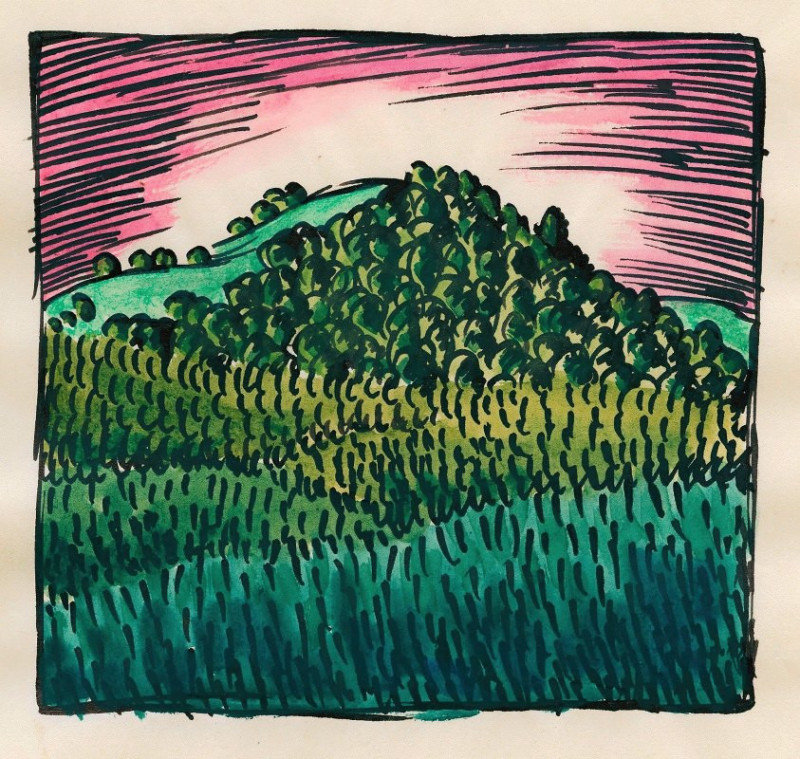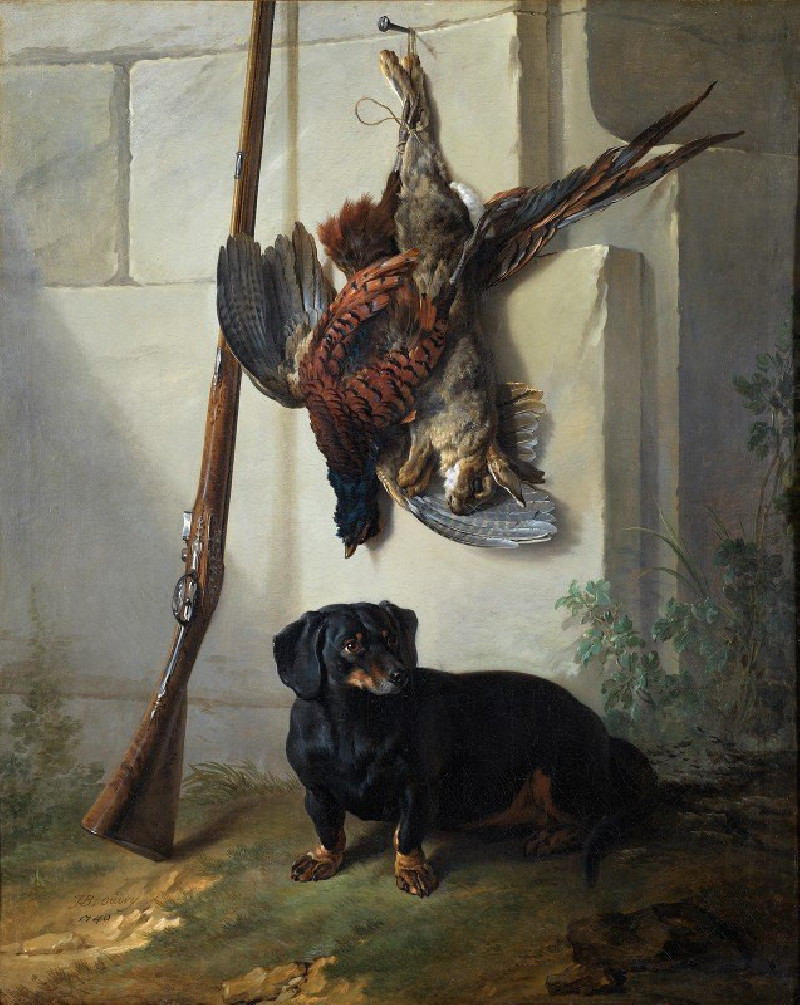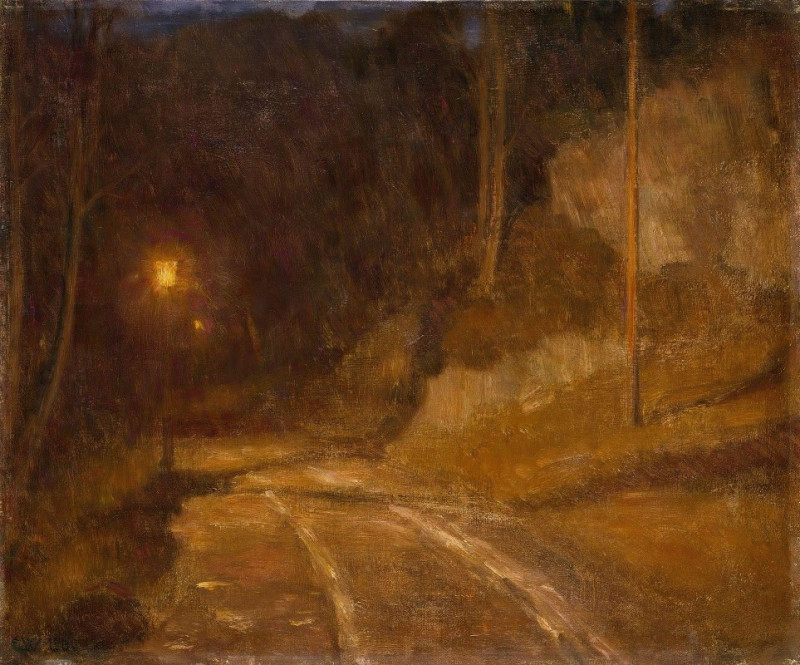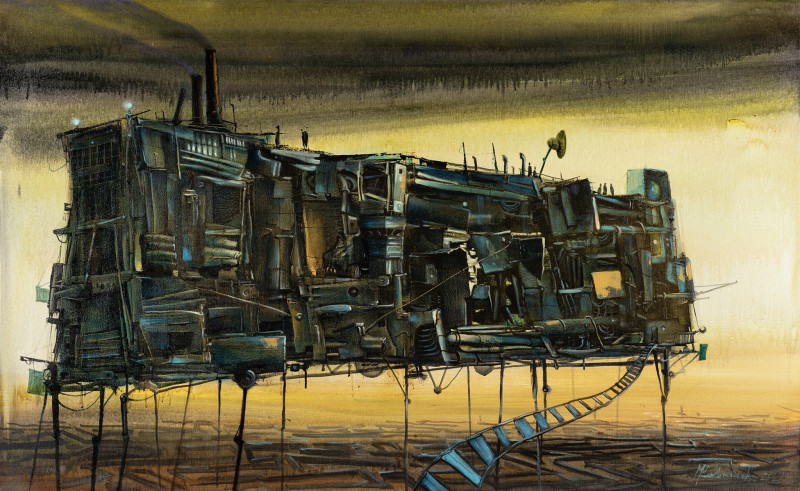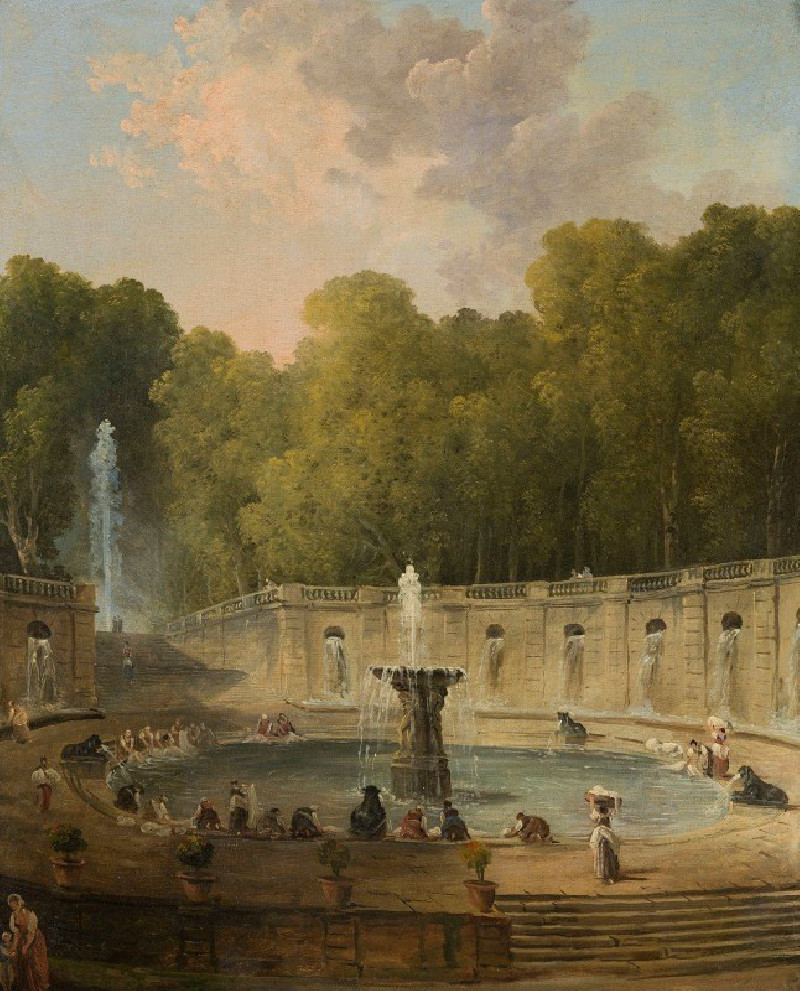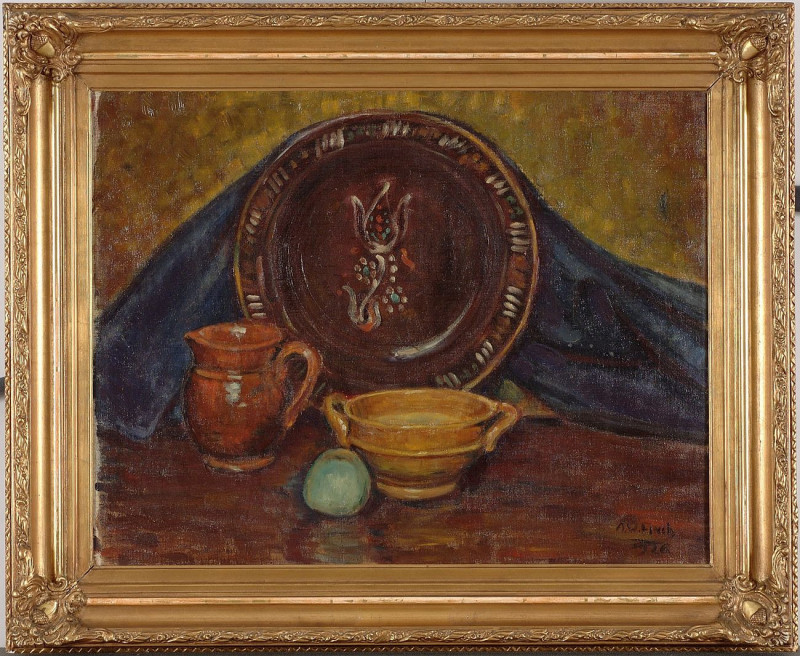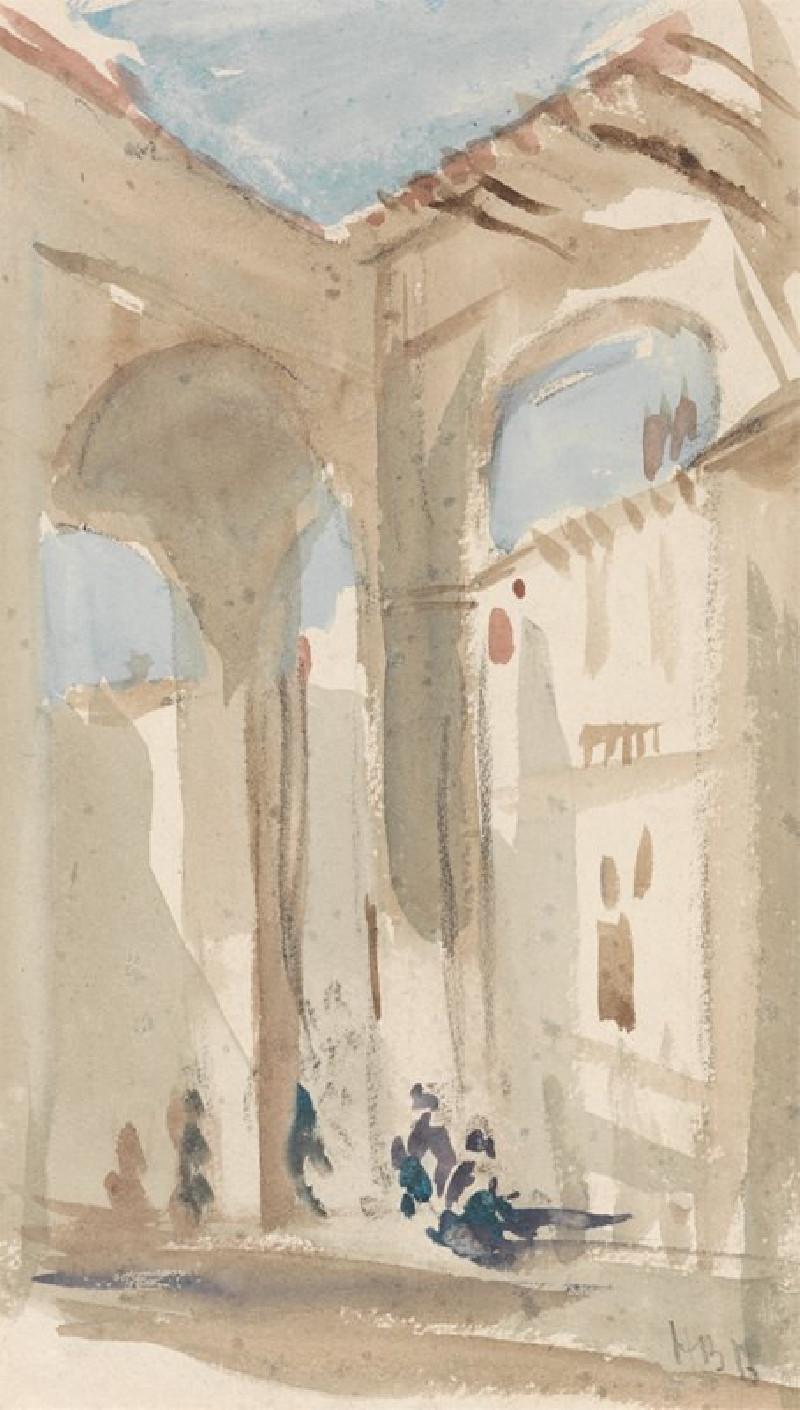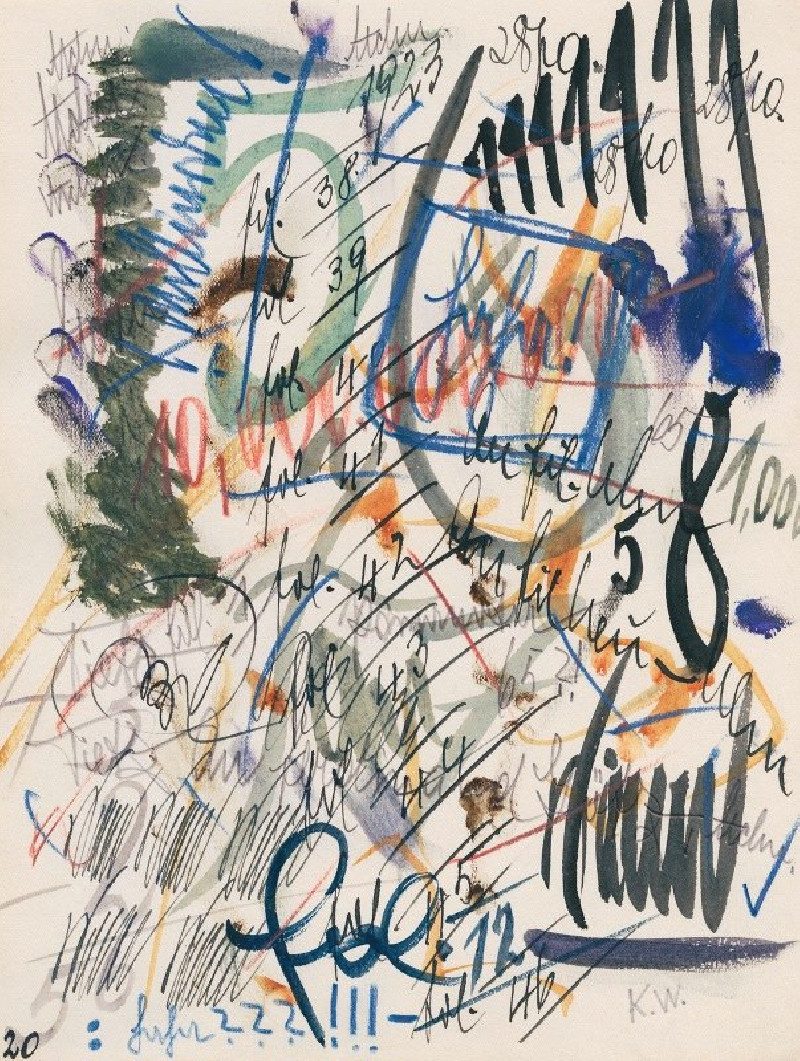Komposition aus ‘Pflaster und Wiese’ XI (1924)
Technique: Giclée quality print
Recommended by our customers
More about this artwork
Explore the verdant dynamism of Karl Wiener's "Komposition aus ‘Pflaster und Wiese’ XI” from 1924, a captivating visual symphony that merges the natural world with abstract sensibilities. This painting intricately weaves together the lushness of a dense meadow under a twilight sky, creating a tapestry rich in texture and vibrant hues.The composition is bordered by striking magenta streaks that streak across the upper frame, suggesting the electrifying energy of a sky either at dawn or dusk. Beneath this vibrant sky, the meadow bursts forth in layers of green, with deeper shades at the base transitioning to lighter, more vivid tones, embodying the vitality of nature.Wiener’s work here is a brilliant study of contrast and harmony, where the wild, organic forms of the foliage are juxtaposed against the rhythmic, almost methodical expression of the sky. This piece is not just a visual experience but an invitation to ponder the coexistence of chaos and order within the natural world.

